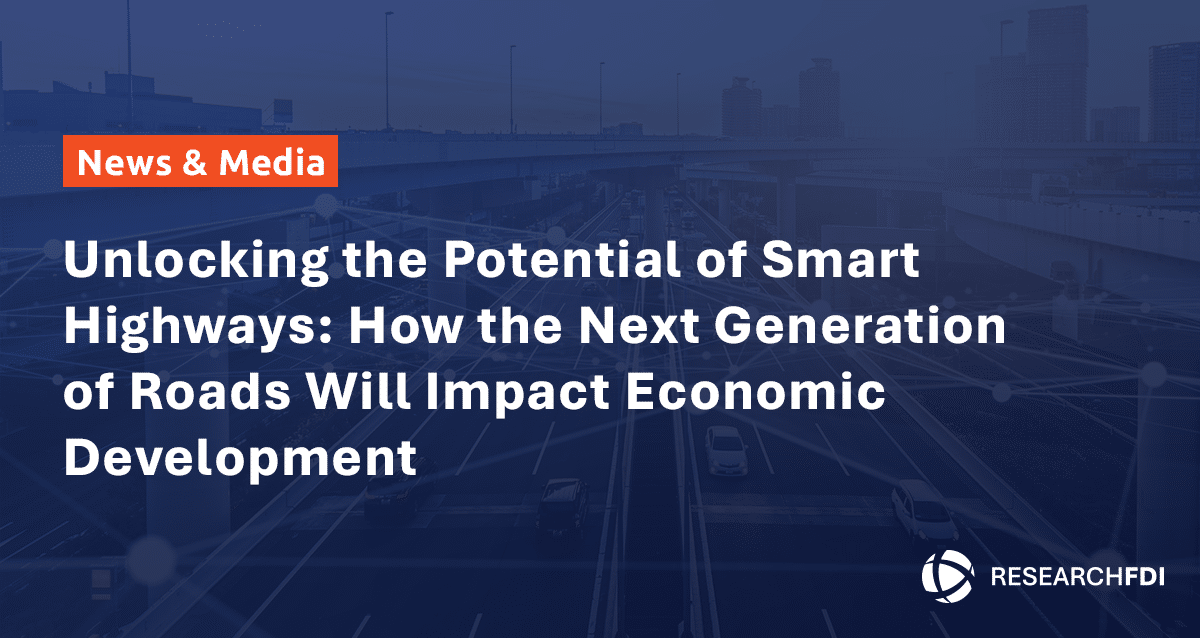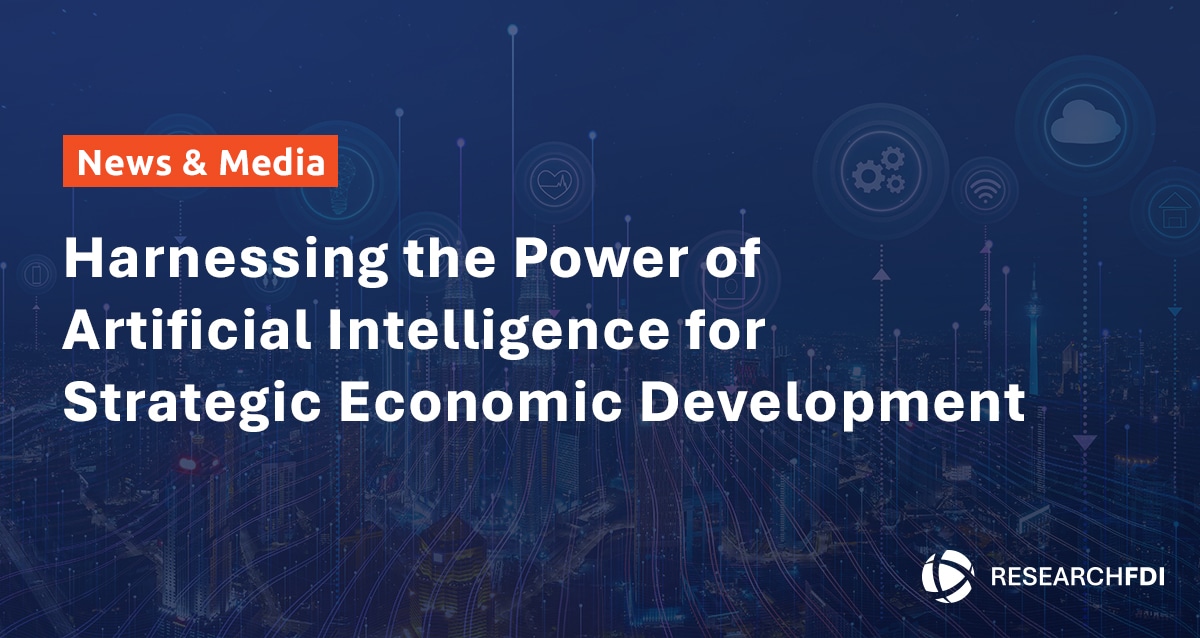As the cost of living continues to soar, consumers are struggling to keep up with their fixed expenses and are searching for alternative ways to alleviate some of the pressure for extra spending. Buy Now, Pay Later (BNPL) services have emerged as a potential solution for this.
By spreading out the cost of purchases into fixed installments, Buy Now, Pay Later services are enabling consumers to continue spending, even when their budget doesn’t allow for it.
What is Buy Now, Pay Later?
Buy Now, Pay Later is exactly what it sounds like, a type of short-term financing that allows consumers to make purchases and pay for them later. Participating retailers will allow consumers to split the cost of a purchase into smaller installments, interest free. Typically, the first installment will be due at the time of checkout, and all subsequent payments will be billed to consumers credit or debit cards on the agreed dates. These services essentially allow consumers to receive the goods immediately and pay them off later.
There are dozens of BNPL providers, and while each has its own terms and conditions, they generally follow the same processes for operating. Some of the most notable BNPL providers include Affirm, Sezzle, PayPal and AfterPay. However, Apple now is expected to quickly rise above some of the current market leaders following their announcement of plans to enter the market with Apple Pay Later being made available in the Fall of this year.
How do Buy Now, Pay Later services work?
The biggest appeal of BNPL services are the interest-free payments they offer. While BNPL Servies and credit cards both offer delayed payments, BNLP stands out because often don’t charge interest or fees. Unlike credit cards, where consumers are only required to meet the minimum payment and interest builds on the remaining, BNPL services instead have a fixed repayment schedule. Consumers are told at the point of purchase what each repayment installment will cost and when it is due, and providers will charge high fees for any missed payments which can accumulate if more are unpaid.
Each purchase made with a BNPL service requires separate approval, however this typically only takes seconds and is done at the time of purchase. BNPL providers do not run in-depth checks of consumers credit, instead opting to run a soft credit check on the consumer before issuing the loan. These loans usually do not affect consumers credit score, mostly because the issuance of BNPL loans is not reported to credit bureaus, this also means that approval for BNPL loans is more accessible to consumers that have been denied for loan options due to a low credit score.
BNPL providers offer their services by charging retailers for purchases made through their services. Providers are typically partnered with retailers, and the retailer will pay a percentage of each purchase made through their service to the provider. These partnerships will typically mirror the arrangements that traditional credit card companies have with retailers. This often means that the more consumers spend, the more BNPL providers will profit.
How Often Do Consumers Use Buy Now, Pay Later Services?
BNPL has quickly become one of the fastest growing e-commerce payment methods, with its share of retail e-commerce and point-of-sale transactions in the U.S. being just under 2% in 2021, and it is expected double to 4% by 2025. The growing popularity of BNPL services is difficult to ignore, with almost all consumers making purchases online in the past year having been offered a BNPL service at checkout. The number of U.S. buy now, pay later users is projected to soar from 1.6 million in 2018 to 59.3 million in 2022, driven by innovations in credit access and purchase flexibility.
In 2022, we have seen consumers using BNPL services more frequently, with young consumers being some of the top BNPL service users. Typically, younger consumers have less disposable income, as they are some of the lowest earning adults, and the current increases in their fixed expenses are causing them to turn to BNPL services to finance purchases. Recent studies have found that 61% of consumers aged 18 to 24 had used a BNPL service. The success of BNPL services with young consumers can be attributed to the accessibility of the loans with very few barriers.
While BNPL services can be used for orders of almost any value, studies have found that millennials and Gen-Z spend 44% and 72% more on orders if BNPL is available as an option. Making large ticket purchases that don’t fit in consumers budgets is now the most common use for BNPL, with 45% of BNPL users stating that as their motive. Buying electronics is the most common use of BNPL, with 48% of BNPL users saying they’ve used it for that purpose, this is closely followed by clothing with 41% of BNPL users, and furniture and appliances with 39% of BNPL users.
While BNPL services are most commonly used for large ticket items, some users are increasingly using them for smaller purchases as well. With nearly 3 out of every 10 BNPL users using the service once a month, and 5 out of 10 using the service once every 3 to 6 months.
Younger consumers have also begun to view BNPL services more favorably than credit cards, often seeing BNPL services as budgeting tools, allowing them to easily spread out their spending without interest. Over half of BNPL users prefer the service to credit cards, and 38% of users say BNPL services will eventually replace their credit cards.
What are the risks of Buy Now, Pay Later services
Despite the benefits of BNPL services, they also bring significant risks to the consumers that are often ignored in favor of convenience.
While many BNPL providers offer interest free installments, each lender has different fees and policies when it comes to late payments. There is less standardization through BNPL services than there is in credit cards, this is largely due to how relatively new BNPL services are. BNPL Provides such as PayPal Credit will charge retroactive interest rates if you’re late on your payments, meaning you will have to pay interest calculated from the original date of purchase, not the date of the missed payment. PayPal Credit charges 25.49%. Consumers can also face late fees on top of these interest charges. PayPal Credit charges up to $41.
In spite of this, consumers tend to write off these risks, thinking they will not fall victim to late payments, and therefore penalties don’t matter. However, with most BNPL users, this isn’t the case. The lower installment amounts these services offer can lure consumers into a false sense of security and make users perceive the price of an item as lower than it actually is due to the low payment agreements. BNPL services run the risk of pushing consumers into overspending, with nearly 70% of users admitting to spending more than they would if they had to pay for everything upfront. The trend of overspending that seems to go hand-in-hand with BNPL services is what leads to 42% of BNPL users having made a late payment on one of their loans. In fact, 23% of BNPL users report regretting financing their purchase through the service as a result of the hefty penalties and fees they face.
BNPL services also often boast about their soft credit checks for approval, advertising the fact that credit scores will be unaffected and low credit scores will not be a barrier towards approval, but this is not entirely true. It is true that BNPL services do not use hard credit checks, and the loan is generally not reported to credit bureaus, so credit scores are not affected, but this is only true if consumers are able to make timely payments. Late or missed payments will be reported to credit bureaus, and debt collectors may take action against users with these accounts.
BNPL transactions are often too brief to report to credit bureaus, so using BNPL services and paying them off won’t build or establish good credit like a traditional loan or credit card would. Consumers also are not offered the same perks such as cash-back or rewards points that traditional credit cards offer.
Bottom Line
Buy Now, Pay Later services provide a convenient way to pay for purchases. They are typically approved quickly and often have zero or very low interest rates when compared to credit cards. BNPL offers loans that are more accessible, and do not penalize low credit scores, so consumers get the things they need immediately with more time to pay back.
For most consumers, having the cash on hand to make large purchases all at once is not a reality, and having the ability to space the cost out to better fit their budgets is alluring. Although BNPL services can be a good way to spread out the cost of a large purchase, consumers must understand what they are signing up for and ensure they will be able to afford to pay off the installments on time to avoid high interest charges and late fees.
More from ResearchFDI:




